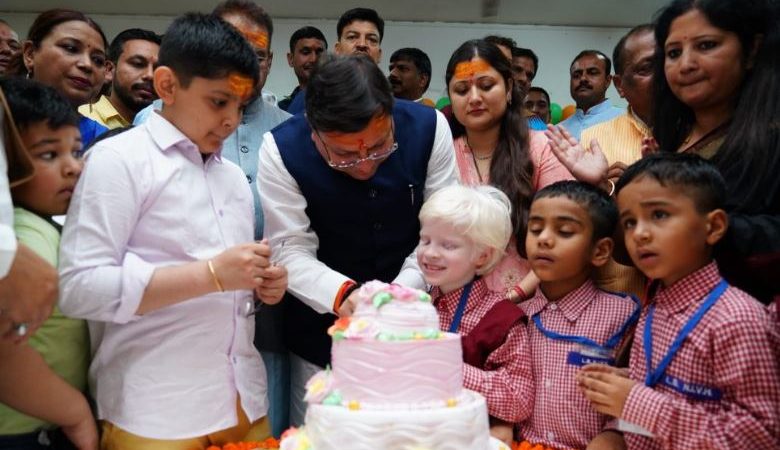Igas festival today is associated with the bravery of Madho Singh Bhandari
There is a different story related to the celebration of Igas festival in the royal era. It is said that in the 17th century when Veer Bhad Madho Singh Bhandari went to fight the battle of Tibet, people did not celebrate Diwali. But when he returned after winning the battle, the festival of Igas was celebrated as Deepawali by lighting the entire area with diyas. Since then Igas (Old Deepawali) is celebrated with pomp. Maletha village of development block Kirtinagar in Pauri district of Uttarakhand is associated with the story of sacrifice, penance, and sacrifice of Veer Bhad Madho Singh Bhandari.
Veer Madho Singh had determined to bring water from the Chandrabhaga river on the right side of the village to irrigate the fertile land of Maletha village. For this, he built the tunnel by digging the hill which was obstructing the construction of the gully, which is still a unique example of engineering. It is said that when the water did not move forward from the tunnel, he sacrificed his only son. Madho Singh Bhandari had joined the royal army at a young age. Seeing his valor and skill, the then King Mahipat Shah of the Panwar dynasty made him the Chief of the Army Staff. Under his leadership, the king attacked the Dawa region of Tibet. Due to being stuck on the battlefield, Madho Singh could not reach his home to celebrate Diwali.
Due to the army of Garhwal going to war, lamps were not lit in the houses here on the day of Diwali. When Madho Singh Bhandari returned after winning the battle with his army on the day of Kartik Ekadashi, the festival of Igas was celebrated on the lines of Deepawali all over the state. The agricultural land for which Veer Madho Singh Bhandari sacrificed his son by constructing about 80 meters of the tunnel, today that fertile agricultural land has started shrinking. Most of the land has been acquired by Rail Vikas Nigam. Apart from this, construction of hotels and restaurants has also started on this land.
At the same time, the age-old tradition of Mangseer Bagwal is still alive in Budhakedar of Tehri district. This festival is celebrated with gaiety like the Diwali festival on the arrival of Guru Kalapir in the Thati-Kathur area of the Bhilangana block. People living in the country and abroad and married daughters reach their villages in large numbers to celebrate Bagwal. It is believed that about six hundred years ago, the deity along with his 54 disciples and 52 heroes reached Budhakedar a month after Deepawali due to frequent disturbances in the worship of Guru Kailapir, who was sitting in Champawat. The people of the area celebrated Diwali in the joy of the deity being seated in Thati-Kathur. Bhupendra Singh Negi, president of Budhakedar Temple Committee and media in-charge DS Gunsola told that since then the tradition of celebrating Diwali of Mangseer every year with pomp is going on.
Similarly, two-day Bagwal and three-day Balraj fair are organized on Chaturdashi and Amavasya in Thatti-Kathur region. Whereas in Budhakedar, Mangseer Bagwal is celebrated for five days. This time this festival will be celebrated on 2-3 December and Balraj Mela will be held till 6 December. People of ninety joules reach Budhakedar in large numbers to have darshan of their adorable deity Sri Guru Kalapir Devta. After offering prayers in the temple of Guru Kalapir, people gather near the temple and play Bhailo on the beats of Dhol-Damaon. On the second day, after offering prayers in the temple from the morning, they ask the deity to come out of the temple and seek darshan. During this, hundreds of people gathered there to make a lot of whistles with the tune of drums and ransinge.
Meanwhile, Thakurals from seven villages reach the temple in the afternoon with dhol-damaun, only after that Guru Kalapir comes out and reaches the field. Then the gods run along the trail in the fields. Hundreds of people who reached the fair also run along the trail in the fields and earn virtue and ask for a vow. Daughters-in-law make offerings to the deity after the fulfillment of their vows. After making seven rounds of the fields, the deities sit in their places in the temple. After that, a grand Balraj fair is held for three days, in which the women and children of the nearby village do a lot of shopping.








